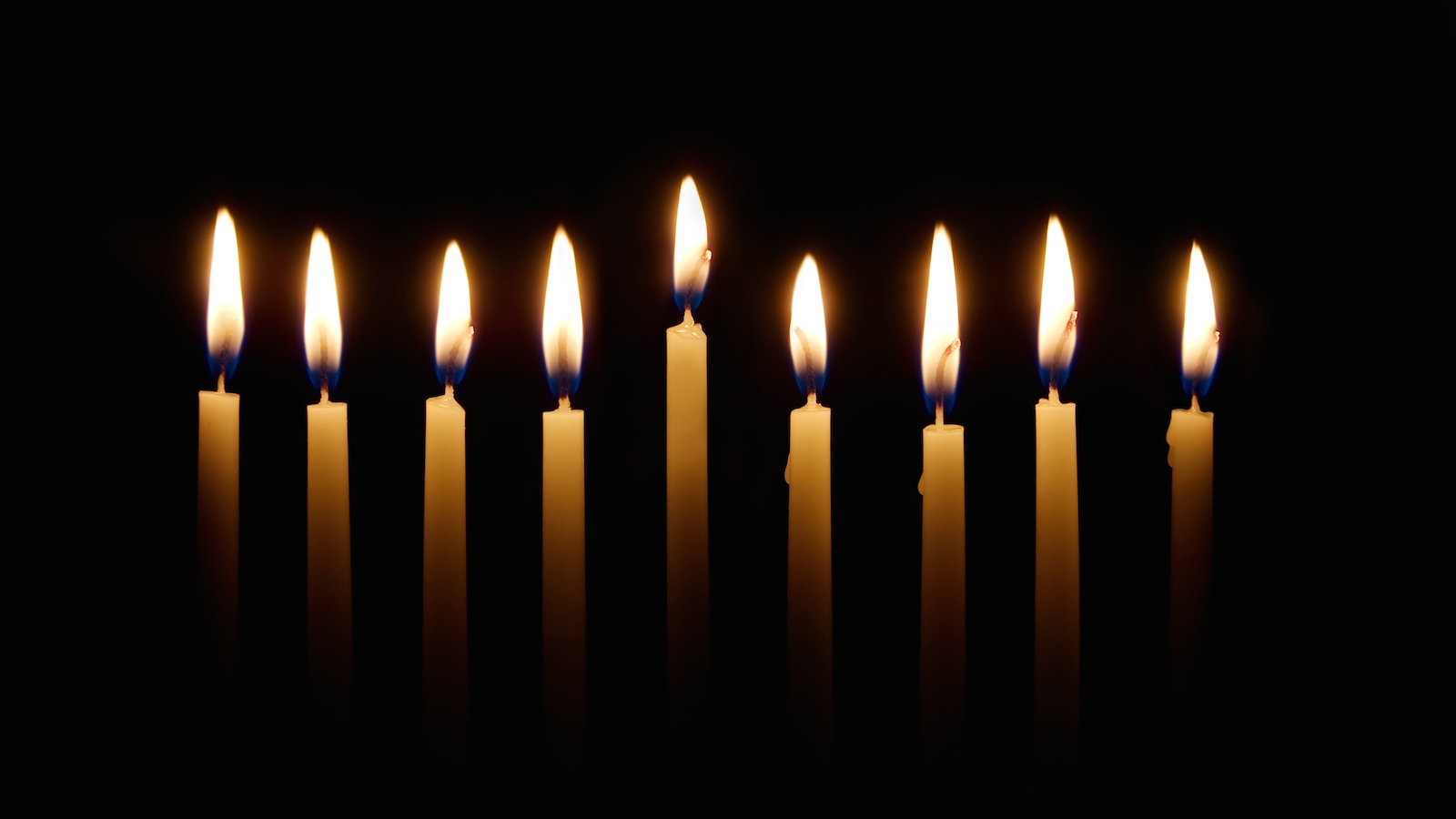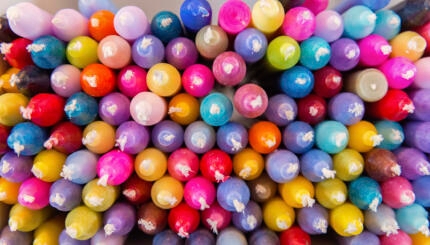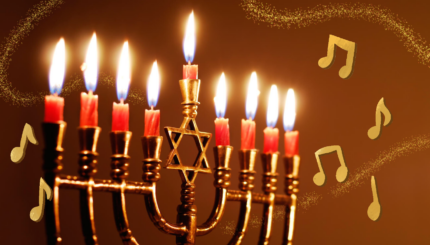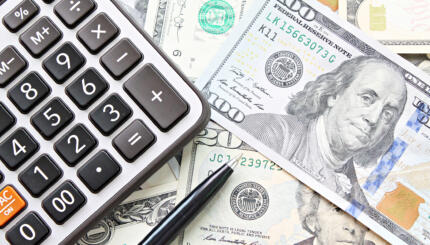There is a great deal of evidence that, in much of the eastern Mediterranean and the Middle East, the winter solstice was a time for imploring the sunlight to return and celebrating its readiness to do so. In Rome, the 25th of December was the birthday of the Unconquerable Sun. In Persia, at the winter solstice the common people set great bonfires and their rulers sent birds aloft bearing torches of dried grass.
It is a short leap to surmising that the Syrian Greeks may have chosen the 25th of as a time to desecrate the Temple by making their own sacrifices there precisely because it was a time of solar and lunar darkness, the time of the winter solstice and the waning of the moon. And it is a short leap to surmise that the Maccabees, when they took the anniversary of that day as the day of rededication, were rededicating not only the Temple but the day itself to Jewish holiness; were capturing a pagan solstice festival that had won wide support among partially Hellenized Jews, in order to make it a day of God’s victory over paganism. Even the lighting of candles for fits the context of the surrounding torchlight honors for the sun.
Some commentators have objected that Hanukkah cannot be a solstice festival because it is tied to the lunar, not the solar, cycle. But this objection ignores the fact that the festivals that are most clearly solar — and Passover, the festivals of fall and spring — are nevertheless tied to the full moon for their dates. The objection also ignores the fact that Judaism insists on keeping the sun and moon cycles in tension with each other in its entire calendar — never adopting either a purely lunar or a purely solar calendar, but insisting that each be corrected by the other.
Moreover, if Hanukkah is not merely a solstice but a darkness festival, then the 25th of Kislev is the perfect time. In some years, the solstice day itself would be a night of bright full moon–especially powerful in an agrarian-pastoral culture with few artificial lights. So even the solstice itself would feel less like the darkest day of the year on such a moonlit night. By setting Hanukkah on the 25th of the month, the Jews made sure that the night would be dark. By setting it in Kislev, they made sure the day would be very short and the sun very dim.
With your help, My Jewish Learning can provide endless opportunities for learning, connection and discovery.
It may even be that the Maccabees’ desire to celebrate a late Sukkot, or to celebrate this newly Judaized solstice festival in ways reminiscent of Sukkot, was tied to Sukkot’s earlier career as in part a festival of the sun. As we have seen in our examination of Sukkot, the goes out of its way to preserve the memory that “Our forebears turned toward the East, to the Sun. . .” and the torches of Sukkot, juggled by the Levites as they danced through Jerusalem, may have been reminders of the sun.
If we see Hanukkah as intentionally, not accidentally, placed at the moment of the darkest sun and darkest moon, then one aspect of the candles seems to be an assertion of our hope for renewed light. Just as at Sukkot we poured the water in order to remind God to pour out rain, perhaps one reason for us to light the candles is to remind God to renew the sun and moon. Indeed, the miracle of eight days’ light from one day’s oil sounds like an echo of the Mishnah’s comment that at the Sukkot water pouring, one log (measure) of water was enough for eight days’ pouring.
Rabbi Arthur Waskow is a leader in the Jewish Renewal movement. He is also the director of the Shalom Center, and the author of numerous books including Godwrestling, The Bush is Burning and These Holy Sparks.
Reprinted with permission from Seasons of Our Joy, copyright 1982 by Arthur Waskow. Reprinted by permission of Beacon Press, Boston.
Reprinted with permission from Seasons of Our Joy (Beacon Press).
Explore Hanukkah’s history, global traditions, food and more with My Jewish Learning’s “All About Hanukkah” email series. Sign up to take a journey through Hanukkah and go deeper into the Festival of Lights.



